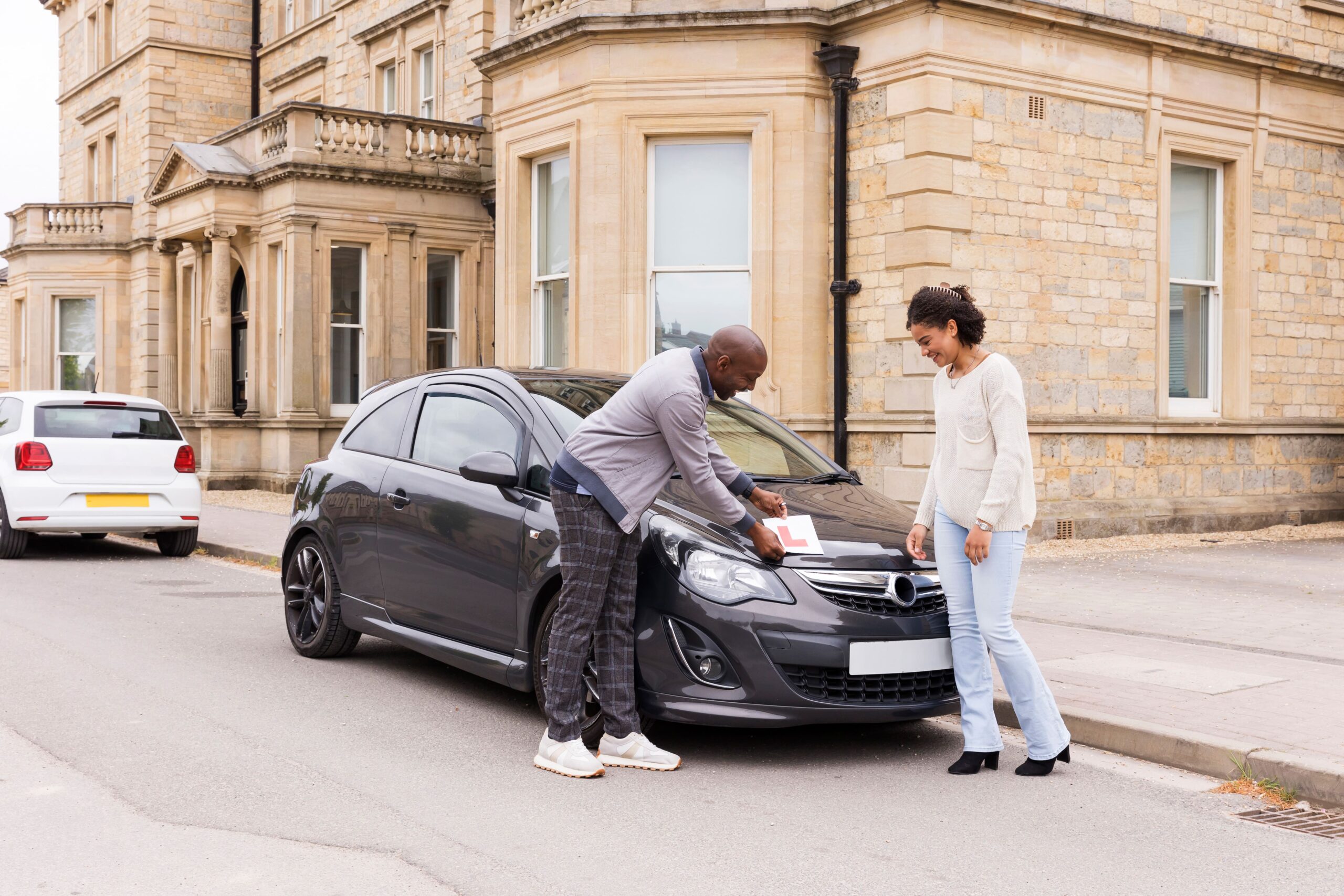
Asking yourself, should I learn how to drive? It’s a big moment. For decades, getting a licence was seen as
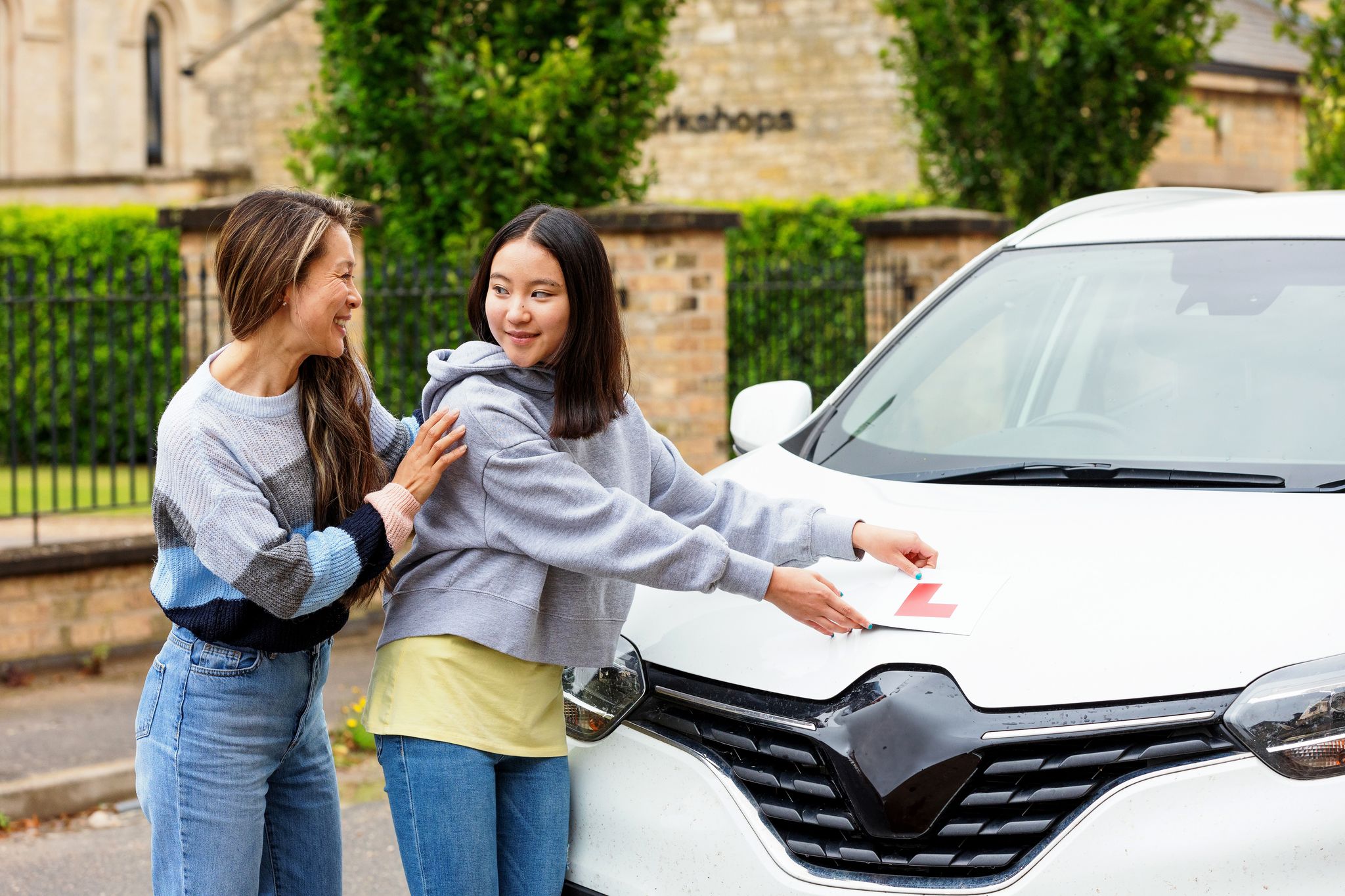
Learning to drive is one of the most exciting milestones you’ll tackle. It’s natural to crave the freedom of the
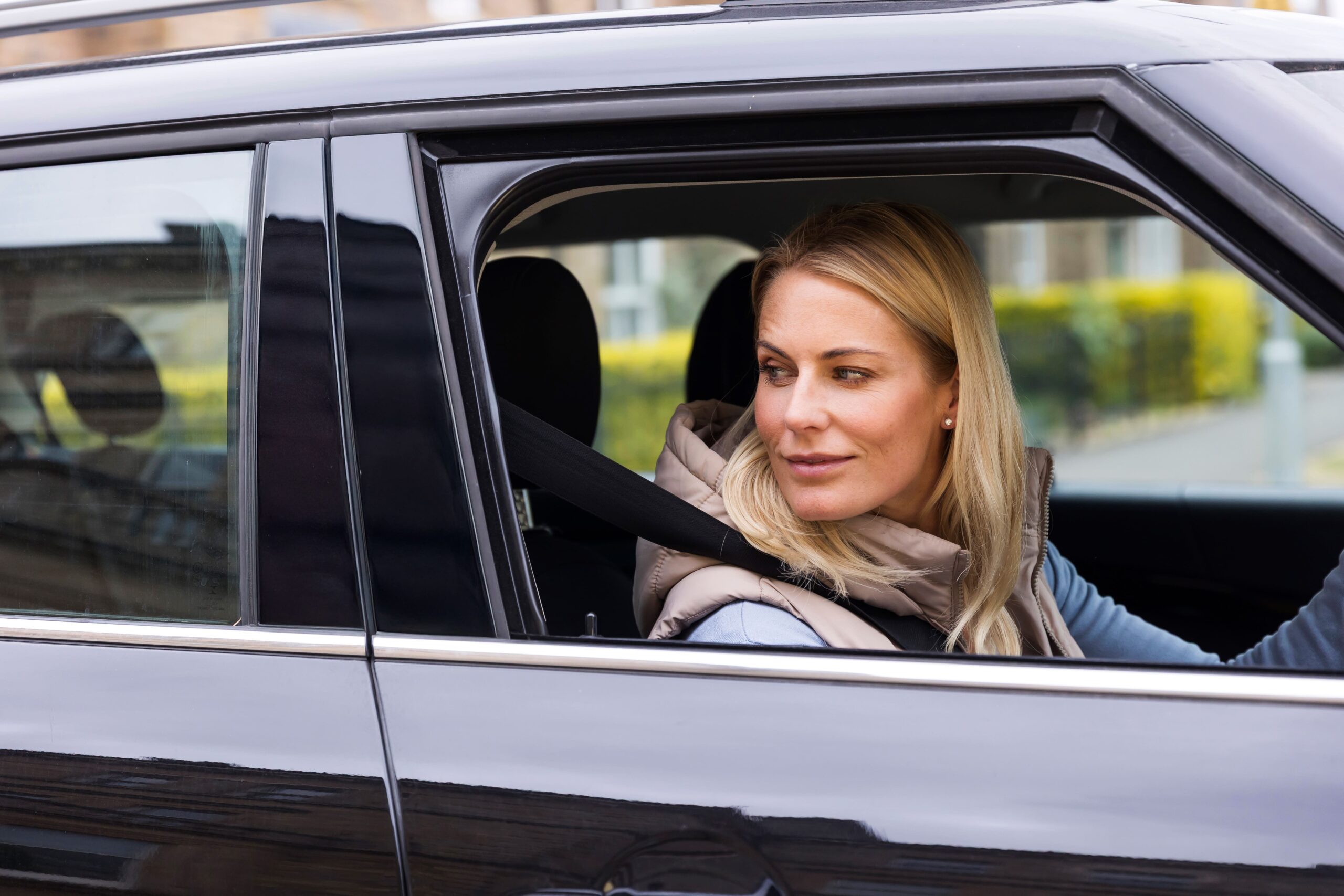
Winter in the UK brings a mixed bag of challenges for motorists. From sudden cold snaps and icy mornings to
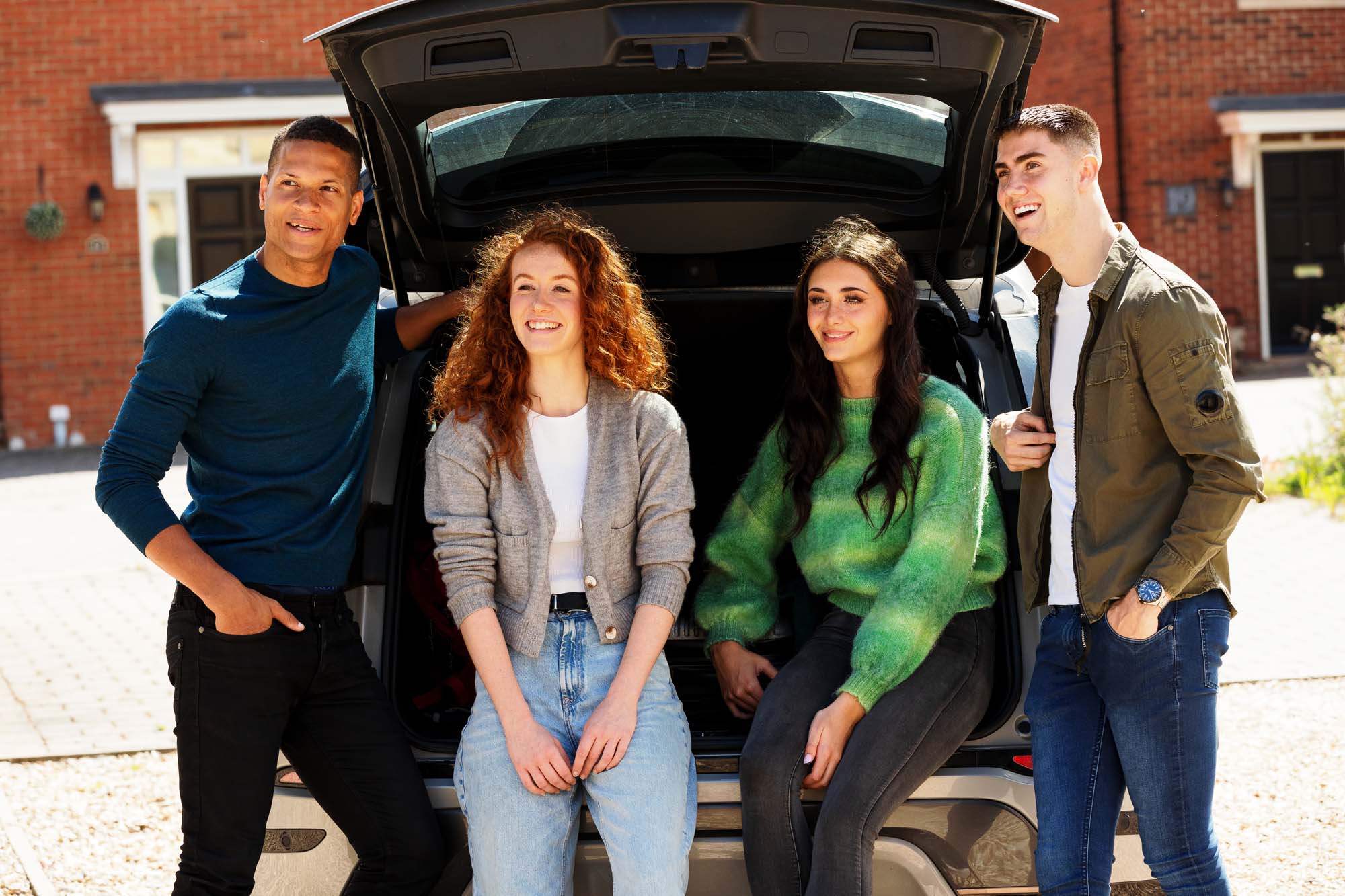
Done with deadlines? The last thing you want now is a stressful journey home. When you’ve got bags of washing,
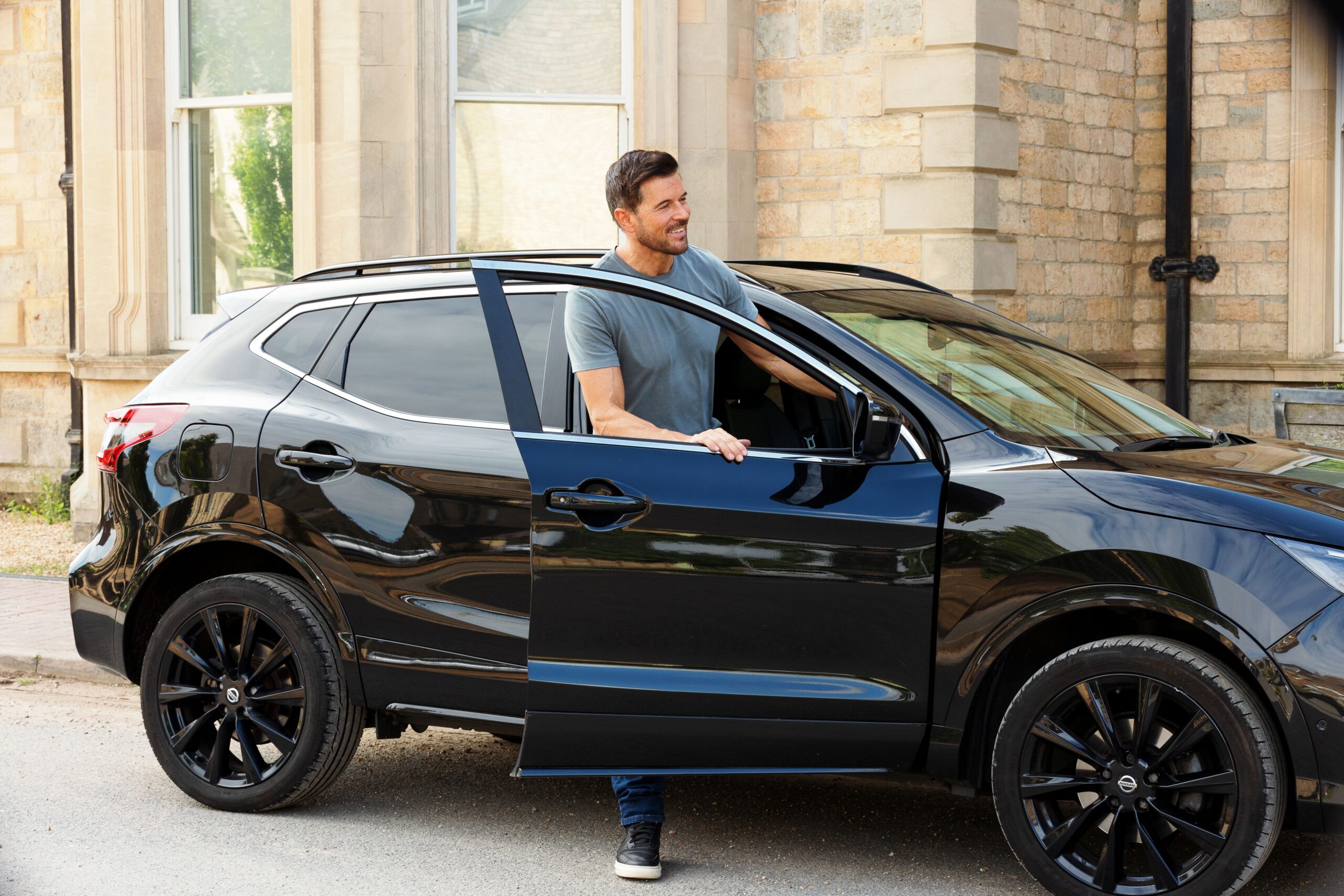
Driving is an essential part of daily life, but it also comes with rules, and breaking them can lead to

Finding the right van insurance can feel like navigating a maze of terms, especially when you need to use your